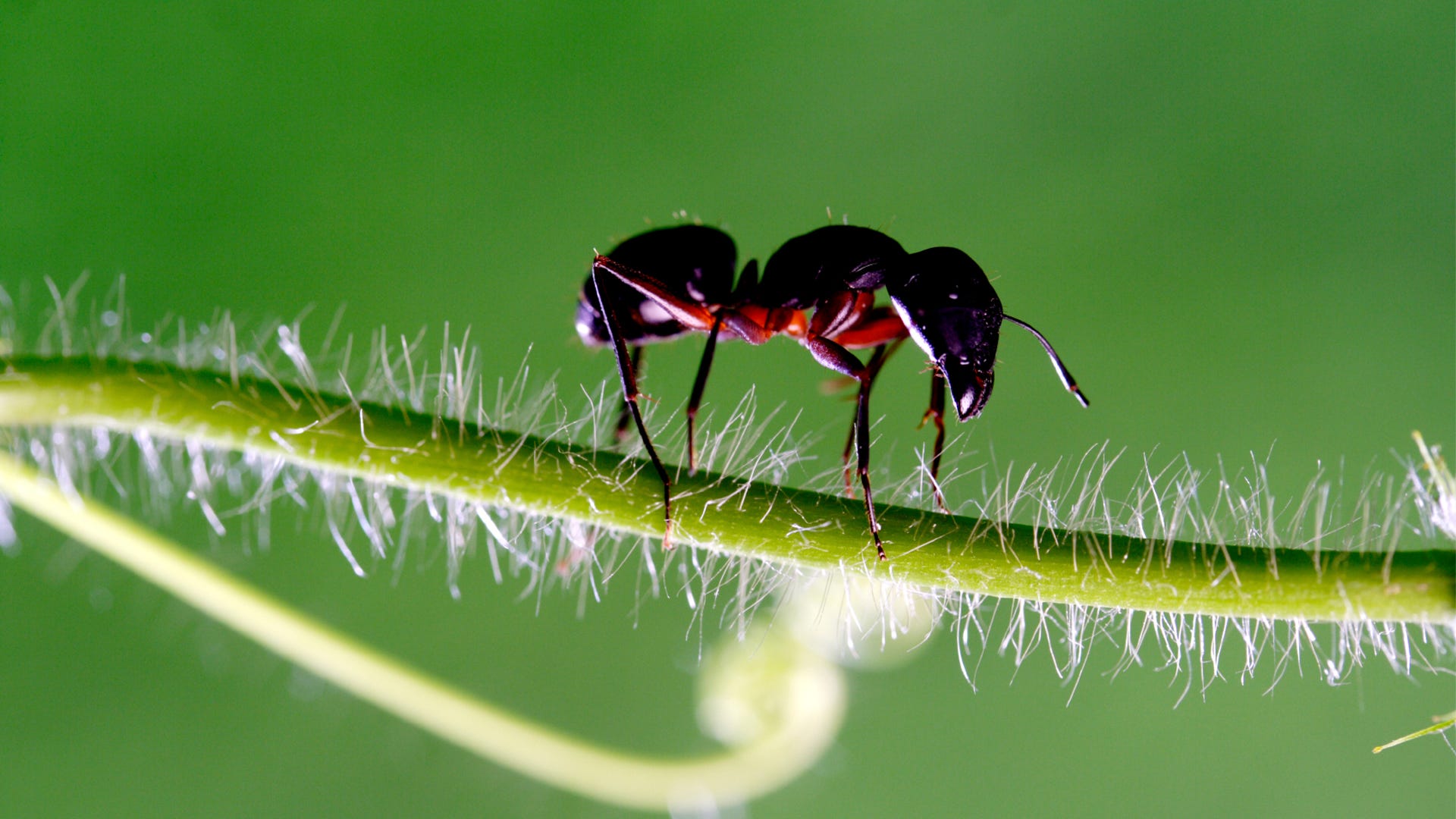Budget Friendly Ant Control Solutions: Keep Your Space Ant-Free
Budget Friendly Ant Control Solutions: Keep Your Space Ant-Free
Blog Article
Ecological Effect of Insect Control: Harmonizing Effectiveness With Sustainability
The environmental impact of bug control is a vital concern that requires a delicate equilibrium in between achieving efficiency in making sure and taking care of insects sustainability of our ecosystems. From the use of damaging chemicals that leak right into our dirt and water to the unintentional consequences on non-target species, the effects of standard bug control methods are far-ranging.
Damaging Chemicals in Bug Control
The use of dangerous chemicals in insect control presents considerable ecological and health and wellness threats that call for mindful factor to consider and reduction methods. Herbicides, pesticides, and pesticides are commonly made use of to get rid of parasites, yet their prevalent application can cause unexpected effects. These chemicals can pollute dirt, water resources, and the air, impacting not just the targeted pests but likewise useful pests, wild animals, and humans.

To resolve these risks, incorporated pest management (IPM) techniques are being promoted as an extra lasting choice. IPM entails a mix of techniques such as biological control, habitat control, and the targeted usage of pesticides as a last resource (ant control indian trail nc). By embracing an alternative technique to pest control, we can reduce the environmental and health effects related to unsafe chemicals while successfully handling pest populations
Influence On Non-Target Types
Considering the unplanned effects of insect control methods, the influence on non-target types is an important aspect that calls for detailed assessment. While pest control actions aim to target particular pests, various other microorganisms in the ecological community may be inadvertently influenced. Non-target species, consisting of helpful insects, birds, animals, and even plants, can experience direct or indirect harm from pesticide applications or organic control techniques.
Pesticides can have sub-lethal or deadly effects on non-target species. For instance, pesticides made to combat a particular insect bug may damage pollinators like bees or all-natural killers such as ladybugs. Furthermore, chemical deposits can gather in the environment, influencing non-target organisms gradually. Biological control agents, if not species-specific, can present threats to unintended targets, disrupting the environmental equilibrium.
To reduce the effect on non-target varieties, integrated insect administration (IPM) methods that stress an alternative strategy to pest control are recommended. These techniques focus on making use of eco-friendly practices, lessening harm to advantageous microorganisms while effectively handling pest populaces. Conducting detailed danger analyses and checking the results of insect control efforts are essential action in safeguarding non-target varieties and advertising overall ecological community health and wellness.
Dirt and Water Contamination
Unintended ecological consequences of insect control techniques prolong past influencing non-target species, with significant ramifications for soil and water contamination. Pesticides, herbicides, and chemical fertilizers utilized in parasite control can seep right into the dirt and infect groundwater, positioning a risk to both terrestrial and marine communities. Dirt contamination can interrupt the balance of microbes useful content crucial for vitamins and mineral cycling and plant development, leading to lowered dirt fertility and efficiency. These chemicals can continue in the environment for extensive durations, gathering in the soil and possibly getting in the food chain.
Water contamination is one more important concern associated with pest control techniques. To mitigate soil and water contamination from pest control tasks, integrated insect management techniques that prioritize sustainability and minimize chemical inputs are important.
Air Contamination From Pesticide Usage
Direct exposure to airborne pesticides throughout farming applications positions a substantial problem for air pollution control steps. Additionally, chemical drift, where chemicals are brought by the wind to unplanned areas, can lead to the contamination of neighboring environments and water bodies.

Approaches for Sustainable Insect Control
In the world of farming techniques, implementing sustainable bug control approaches is paramount for preserving environmental equilibrium and guarding plant returns. Sustainable insect control stresses the usage of eco-friendly approaches to handle insect populations efficiently while lessening harm to non-target microorganisms and ecosystems. Integrated Bug Monitoring (IPM) is an extensively taken on strategy that incorporates organic, social, physical, and chemical control approaches to attain lasting bug monitoring options.
One trick method in lasting bug control is promoting biodiversity within agroecosystems. By enhancing all-natural adversaries of parasites, such as killers and parasitoids, farmers can decrease the need for synthetic chemicals. Plant turning and diversification are additionally reliable methods to interrupt pest life cycles and create much less favorable problems for parasites to prosper. Furthermore, using pest-resistant crop varieties and using strategies like catch chopping can assist minimize bug stress without relying heavily on chemical interventions. Inevitably, by integrating these lasting pest control methods, farmers can attain an equilibrium between pest management performance and environmental stewardship.
Final Thought
To conclude, the ecological influence of parasite control techniques should be meticulously considered to stabilize performance with sustainability. Dangerous chemicals utilized in parasite control can result in soil and water contamination, air contamination, and damage non-target species - termite control services. It is important to implement lasting pest control approaches to minimize these adverse effects on the setting and promote a healthier environment for future generations
By taking on a holistic approach to pest control, we can reduce the environmental and health influences associated with dangerous chemicals while successfully managing pest populations.

To mitigate the air contamination triggered by chemical use, it is important to adopt integrated parasite monitoring strategies that focus on the usage of non-chemical pest control techniques, such as plant rotation, all-natural killers, and immune crop ranges. Lasting insect control stresses the use of ecologically pleasant techniques to take care of pest populaces effectively while lessening harm to non-target organisms and ecosystems. Integrated Bug Administration (IPM) is a widely taken on method that incorporates biological, social, physical, and chemical control methods to accomplish long-term bug monitoring solutions.
Report this page